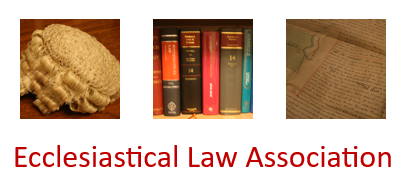The Vicar and Churchwardens sought authority to conduct a survey of, firstly, the area of churchyard added in 1926 and currently in use and, secondly, the older part of the churchyard, in order to ascertain by rodding where further burials could take place, including burials in the older part of the churchyard over existing graves. A neighbour, whose house windows looked out directly on to the older part of the churchyard, objected to its re-use and the possible disturbance of existing graves, stating that interments carried out near his windows would be distressing and affect his enjoyment of his property. He claimed that such re-use would amount to a nuisance and also blight his property. The Deputy Chancellor determined that the PCC were legally entitled to re-use old burial ground until such time as the churchyard was formally closed, and that such re-use would not amount in law to a nuisance. A faculty was granted.

